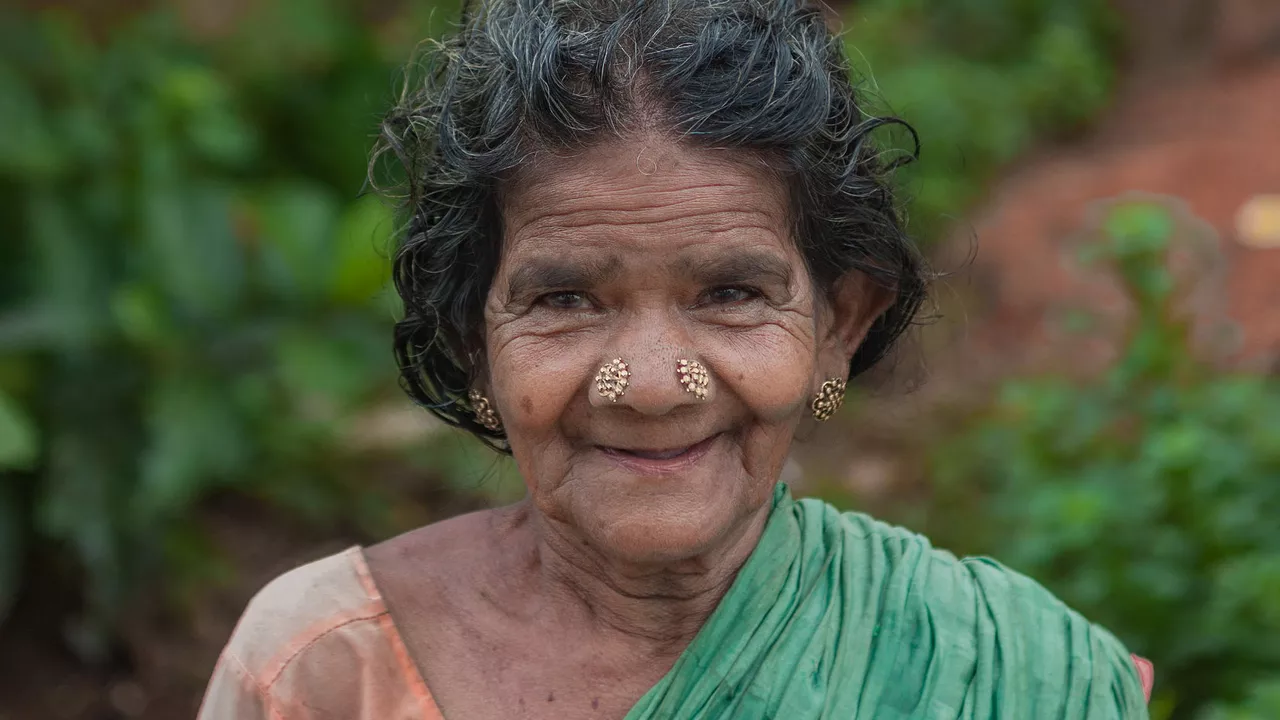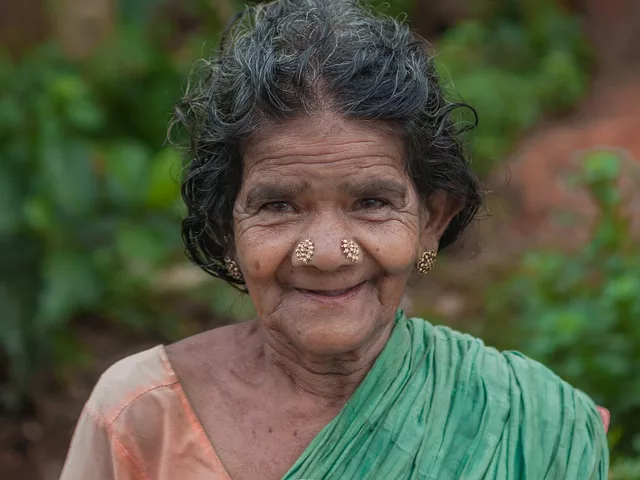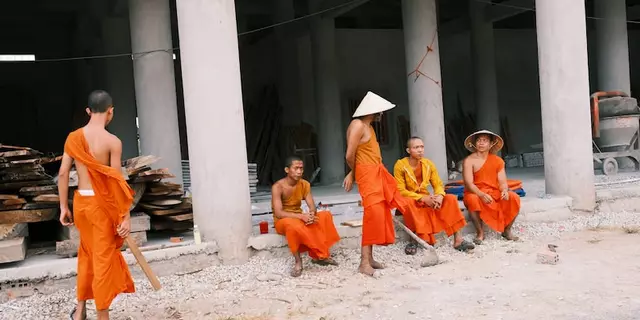Indian Pariah Dogs – The Original Indian Street Dog
If you’ve ever walked through an Indian market and seen a lean, alert dog trotting alongside the crowd, you’ve probably met an Indian Pariah Dog. These dogs are not a new breed; they’re the oldest mixed‑breed dogs in India, surviving for thousands of years on streets, farms, and villages. They’re tough, smart, and surprisingly friendly, making them a great choice for families who want a low‑maintenance companion.
History and Origins
The Indian Pariah Dog isn’t a fashion‑trend breed. Archaeologists have found dog remains dating back 9,000 years in the Indus Valley, and they match the look of today’s pariah dogs. Because they were never part of a formal breeding program, they kept their natural traits – sharp senses, lean bodies, and a knack for living on little.
These dogs spread across the subcontinent, adapting to everything from desert heat to monsoon rain. Their name “pariah” comes from the Hindi word “para,” meaning “outside” – a nod to their street‑living roots. Even though they’re often seen as stray dogs, many villages treat them like family members, feeding them and letting them guard livestock.
Temperament and Health
One of the biggest perks of an Indian Pariah Dog is its temperament. They’re usually curious, alert, and eager to please. Because they’ve learned to read human cues on the street, they’re quick to understand basic commands and love playing fetch or tug.
Health-wise they’re a hardy lot. Their short coat, medium size, and natural genetics give them resistance to many common dog ailments. Still, they can develop hip dysplasia or eye problems like cataracts, so an annual vet check‑up is a good idea. A balanced diet of quality kibble and occasional fresh food keeps them in shape, and regular exercise – a brisk walk or a game of chase – helps burn off their energy.
If you’re adopting a pariah dog, watch for signs of past trauma. Some may be skittish around loud noises or new people. Patience, calm voices, and a safe space will help them settle in faster. Remember, they’re used to being independent, so give them room to explore without hovering.
Training is easier when you use positive reinforcement. Treats, praise, and short, consistent sessions work better than harsh corrections. Because they’re naturally alert, they make excellent watchdogs – they’ll bark at strangers but usually won’t be aggressive.
In summary, Indian Pariah Dogs are a blend of history, resilience, and loyalty. They fit well in homes that appreciate a low‑maintenance, intelligent, and affectionate dog. Give them proper care, a bit of love, and you’ll have a companion that’s been part of Indian streets for millennia, now ready to be part of your family.





